Here’s how kids can take bird photographs like a pro
These tips from our experts will help children’s creativity take flight.
Most children will never see a wolf pack in their local park or an otter in their nearby river. But birds? They’re everywhere – and that’s why bird photography for kids is an easy, creative hobby they can really develop.
Not that birds are the easiest things to photograph. They’re small, have faraway perches, and tend to, well, fly away. But naturalist and wildlife photographer Lucas Bustamante says that by simply being curious about the fliers, kids will increase their chances of snapping great pics. Plus, focusing on birds can help kids focus on other natural surroundings as well.
“If we activate the naturalists we have inside, we wake up senses that normally we might miss in our fast and busy lifestyles,” he says.
Here are some top tips for helping kids snap some great shots…
Start in your own space
To help kids develop patience and curiosity, begin your photographic adventures right outside your own home.
“We photographers are often asked questions about where we started, but we’ve all started in our backyards,” Bustamante says. “That’s where you start training your eye. Just study the animals in your backyard and the interactions they have.”
Show some respect
If the birds change their behaviour or seem agitated, have kids give the fliers a break for a bit. “It’s crucial to know your subjects well enough to know when they feel uncomfortable,” Bustamante says, adding that maintaining a comfortable distance will help birds feel unthreatened by the photographer.
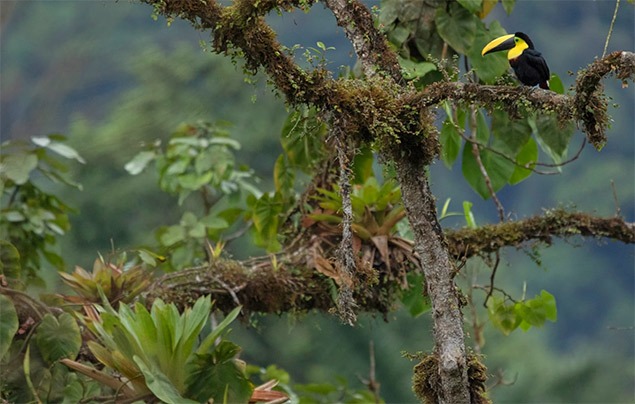
Know before you go
Before kids take their first shot, do some research together about the birds in your area and where to find them.
“Listen to bird calls, look at pics, and learn the birds you might see,” says conservationist and photographer Melissa Groo. In the UK, the RSPB website is a good place to start!
Brush up on bird behaviour
Bird photography for kids isn’t just about the camera. Learning about about how certain species might act can improve their skills, too. “For instance, some birds, such as bald eagles, poop just before they take flight,” Groo says. “Photographers call it ‘lightening the load’ and they know to get ready for a flight shot when they see that happen!”
Attract the birds – but ditch the bird calls
Encourage kids to place natural seeds or fruits that local species enjoy in their garden or on the balcony. “Study which birds are in your area and the trees they feed on,” Bustamante says. “If you plant them, the birds will come to you.” (Here’s our guide to bird feeding.)
Catch some wind
Photographing birds in-flight is easier if kids are prepared. “Birds love to take off into the wind,” Groo says. “Position yourself upwind of birds if you hope to capture them taking off in flight.”
Since capturing moving targets on camera can be tricky, Bustamante suggests practicing beforehand. “Try following moving objects with your camera or phone. This will train your stability for better action pics.”
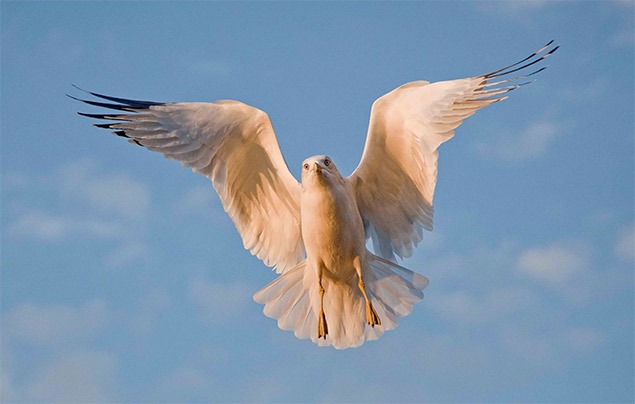
Be an early bird
Neither you, nor your kids, might like this tip – but often the best bird shots come early in the morning, when the fliers are claiming their territories and hunting.
The early morning dew attracts worms, so kids may catch breakfasting birds. After that comes their song to potential mates. “It’s called the dawn chorus – and it’s a fabulous thing to experience,” Groo says.
Get some inspiration
Before you head off, leaf through books and magazines to find get an idea of what the professionals are doing. Even better, look at places specifically providing bird photography for kids. You could start right here, with the fabulous photos in each month’s National Geographic Kids magazine!
Focus on the eyes
Although keeping the photo sharp is key, focusing on the eyes will help a child hone in on the bird’s face better. “Your camera’s focus point should be centred on the eyes when you press the shutter,” Groo says. “It’s super important for the eyes to be sharp, as that’s where our own eyes go.”
Work all the angles
Having kids move to the right or left can produce a better shot than shooting the first angle they see.
“In nature photography, things that are behind or in front of your subject are crucial,” Bustamante says. “If things look cluttered, it can be distracting for the observer. Try moving gently around your subject (so you don’t affect its behaviour) to find a cleaner background and foreground.”
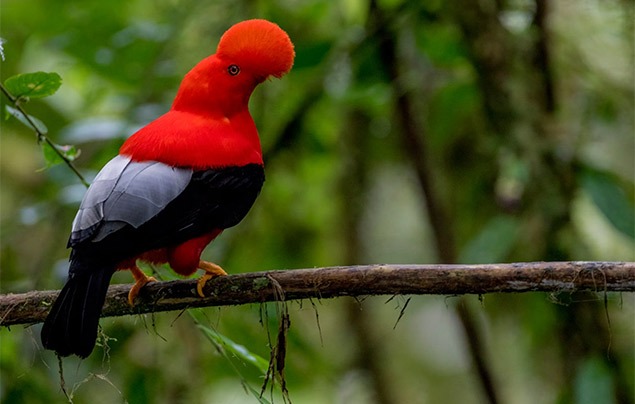
Get the best light possible
Bright sunlight can create a harsh contrast or shadows under the bird, so stick to early mornings or overcast days before the sun is high in the sky. “This is called ‘the golden hour’, but if it’s overcast all day, you can shoot all day,” Groo says. “The perfect day for me is sunny for an hour or two, then it gets overcast, and then it gets sunny again the last couple of hours.”
Get the colours right
Next, challenge kids to think about which conditions will best show off the birds’ colour. “Some birds – like European starlings or painted buntings – look better in overcast light or rain since it gives colour a saturated quality,” Groo says. “And you’ll want to photograph white birds only late in the day or in overcast conditions, or they’ll be bright white with no detail.”
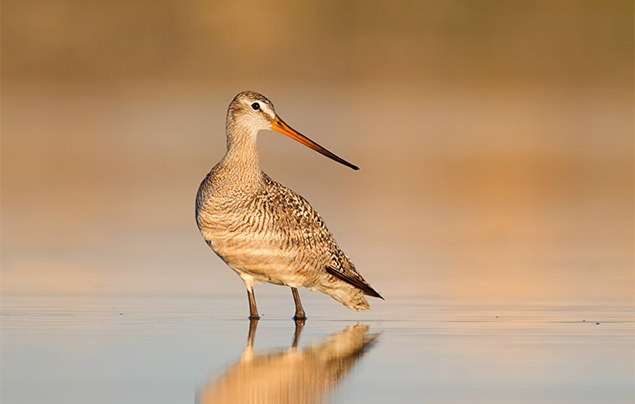
Seek out surprising spots
Think beyond wooded areas or your back garden. “The beach or shore can be a great place to find terns fishing,” Groo says. “Rubbish dumps can even be great places to find gulls, which are also awesome for practising your takeoff and landing shots!”
Look for city birds
Another surprising spot to find and photograph birds can be in urban settings like parks, streetlights, or even skyscrapers. “These birds are used to people walking around and know that they don’t usually pose a threat,” Groo says. “So it gives you a good opportunity to stick around and see some of their natural behaviour.”
Watch out for guest stars
Kids shouldn’t be looking for only an amazing bird shot. Paying attention to the surprising harmony birds have with surrounding wildlife can create fantastic photos as well. “If you see that a bird is coming to the same spot each day, you’ll notice its interaction with the other birds, bugs and animals in its environment,” Bustamante says.
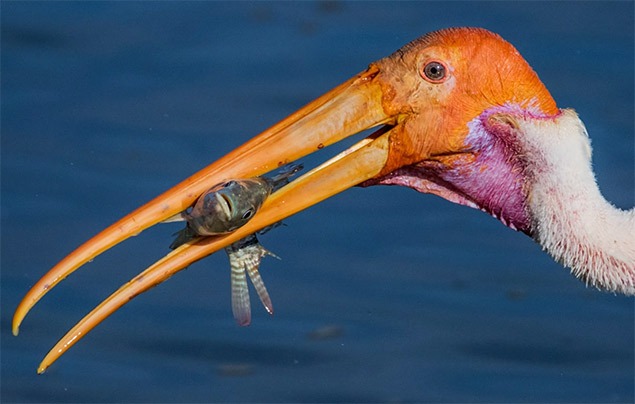
Be a storyteller
A bird does more than just fly in the sky or perch in a tree. “There are birds fighting, birds looking for or showing off for mates, birds feeding young, or birds migrating through after they’ve just flown 2,000 miles,” Groo says.
Before kids take a shot, ask them what that bird might be doing – and what it might do next.
“Think of it like a game of Grandma’s Footsteps,” Groo says. “When the bird goes back to its natural behaviour and starts foraging again, creep up a few more steps.”




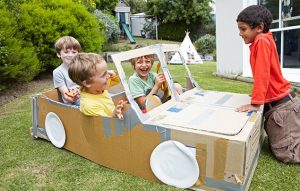







LEAVE A COMMENT
THANK YOU
Your comment will be checked and approved shortly.
WELL DONE,
YOUR COMMENT
HAS BEEN ADDED!
COMMENTS
CUSTOMIZE YOUR AVATAR